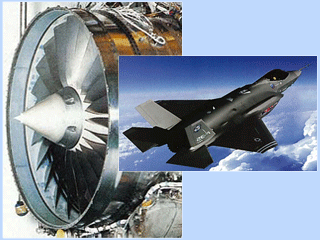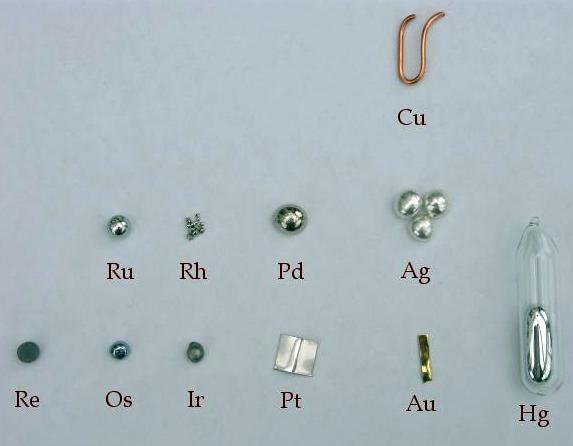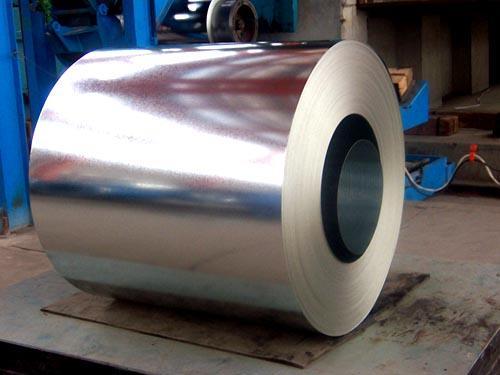How to Recycle Scrap Metal ?
Recycling is processing used materials (waste) into new products to prevent waste of potentially useful materials, reduce the consumption of fresh raw materials, reduce energy usage, reduce air pollution (from incineration) and water pollution (from landfilling) by reducing the need for “conventional” waste disposal, and lower greenhouse gas emissions as compared to virgin production. Recycling is a key component of modern waste reduction and is the third component of the “Reduce, Reuse, Recycle” waste hierarchy.
Scrap metal
Scrap metal includes ferrous metals (iron and steel) and nonferrous materials (aluminum, copper, tin, brass). This includes our washers & dryers, refrigerators, ovens & stoves and water heaters. Waste from unwanted appliances can be categorized in two main types : refrigerants (Freon) and non-refrigerants.
There are some ISO standards relating to recycling such as ISO 15270:2008 for plastics waste and ISO 14001 : 2004 for environmental management control of recycling practice. Recyclable materials include many kinds of glass, paper, metal, plastic, textiles, and electronics. Although similar in effect, the composting or other reuse of biodegradable waste such as food or garden waste is not typically considered recycling. Materials to be recycled are either brought to a collection center or picked up from the curbside, then sorted, cleaned, and reprocessed into new materials bound for manufacturing.
Scrap Metal from Lathe Machine
In the strictest sense, recycling of a material would produce a fresh supply of the same material for example, used office paper would be converted into new office paper, or used foamed polystyrene into new polystyrene. However, this is often difficult or too expensive (compared with producing the same product from raw materials or other sources), so “recycling” of many products or materials involves their reuse in producing different materials (e.g., paperboard) instead.
Copper Scrap
Another form of recycling is the salvage of certain materials from complex products, either due to their intrinsic value (e.g., lead from car batteries, or gold from computer components), or due to their hazardous nature (e.g., removal and reuse of mercury from various items). Critics dispute the net economic and environmental benefits of recycling over its costs, and suggest that proponents of recycling often make matters worse and suffer from confirmation bias.
Aluminum Scrap
Specifically, critics argue that the costs and energy used in collection and transportation detract from (and outweigh) the costs and energy saved in the production process; also that the jobs produced by the recycling industry can be a poor trade for the jobs lost in logging, mining, and other industries associated with virgin production and that materials such as paper pulp can only be recycled a few times before material degradation prevents further recycling. Proponents of recycling dispute each of these claims, and the validity of arguments from both sides has led to enduring controversy.
The United States recycles 150 million metric tons of scrap materials annually, including 85 million tons of iron and steel, 5.5 million tons of aluminum, 1.8 million tons of copper, 2 million tons of stainless steel, 1.2 million tons of lead and 420,000 tons of zinc, according to the Institute of Scrap Recycling Industries (ISRI). Other metals such as brass, bronze, magnesium and tin are recycled as well.
The recycling process for metal is similar to those of other materials. It is best described in four stages :
- Collection
- Processing
- Shredding
- Selling
After collection and proper sorting, the scrap is compacted. It is then sold to minimills, which process them to steel. According to RecycleMetal.org, “processing scrap metal to steel instead of virgin ore require about 74 percent less energy”.
In 2008, the scrap recycling industry generated $86 billion and supported 85,000 jobs. The recycled materials that the industry processes into raw material feedstock every year are used for industrial manufacturing around the world. In 2008, the United States exported $28.6 billion—roughly 44 million metric tons—of scrap commodities, which contributed significantly to U.S. trade balances. Recycling scrap metal reduces greenhouse gas emissions and uses less energy than making metal from virgin ore. The amount of energy saved using various recycled metals compared to virgin ore is up to:
- 92 percent for aluminum
- 90 percent for copper
- 56 percent for steel
Metal recycling also conserves natural resources. Recycling one ton of steel conserves 2,500 pounds of iron ore, 1,400 pounds of coal and 120 pounds of limestone. Recyling a ton of aluminum conserves up to 8 tons of bauxite ore and 14 megawatt hours of electricity.
During periods when resources were scarce, archaeological studies of ancient waste dumps show less household waste (such as ash, broken tools and pottery) implying more waste was being recycled in the absence of new material. In pre-industrial times, there is evidence of scrap bronze and other metals being collected in Europe and melted down for perpetual reuse. In Britain dust and ash from wood and coal fires was collected by ‘dustmen’ and downcycled as a base material used in brick making.
The main driver for these types of recycling was the economic advantage of obtaining recycled feedstock instead of acquiring virgin material, as well as a lack of public waste removal in ever more densely populated areas. In 1813, Benjamin Law developed the process of turning rags into ‘shoddy’ and ‘mungo’ wool in Batley, Yorkshire. This material combined recycled fibres with virgin wool. The West Yorkshire shoddy industry in towns such as Batley and Dewsbury, lasted from the early 19th century to at least 1914.
You might also like
| How is Titanium made? Titanium is known as a transition... | Nobel Metal Processing Nobel Metal Processing - Overview Noble... | Galvanized Steel - a Definition Sheet, strip, or other steel item coated... | What is Metallurgy ? Metallurgy is a domain of materials science... |




 Alloy Suppliers
Alloy Suppliers
 Aluminum
Aluminum
 Aluminum Extrusions
Aluminum Extrusions
 Copper-Brass-Bronze
Copper-Brass-Bronze
 Nickel
Nickel
 Magnets
Magnets
 Stainless Steel
Stainless Steel
 Stainless Steel Tubing
Stainless Steel Tubing
 Steel Service Centers
Steel Service Centers
 Titanium
Titanium
 Tungsten
Tungsten
 Wire Rope
Wire Rope